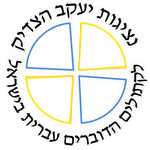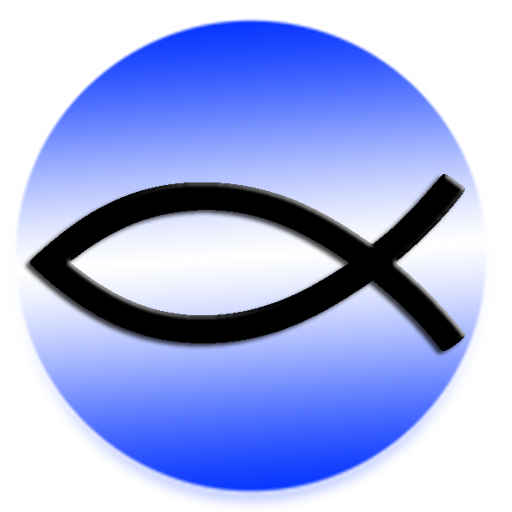On the Jews at the Second Vatican Council
We publish here a brief extract from John Connelly's "From Enemy to Brother: The Revolution in Catholic Teaching on the Jews, 1933-1965" in order to commemorate the Second Vatican Council, initiated on October 11, 1962, fifty years ago.
"The statement on the Jews, chapter four of the Declaration on non-Christian religions (Nostra Aetate), which Pope Paul VI promulgated on October 28, 1965, was approved by the Council fathers by a vote of 2132 to 88. Despite the near unanimity, the statement was the most contested matter the bishops faced over four years of deliberations. Yet, it would not have been considered at all without the direct intervention of John XXIII. Six years earlier, when he was fielding ideas for the Council, almost non of the bishops and theologians canvassed suggested that the Church speak out on the Jews and without the pontiff's directive to German Cardinal Augustin Bea in the fall of 1960, the Council might well have been silent on this issue. Even theologians from the land of the Holocaust seemed disinterested. In 1961, the Catholic journal Wort und Wahrheit surveyed readers on what they expected of the Council. Only three of the eight-one responses mentioned the question of the relations between the Church and the Jewish people. One of these came from the Dominican friars of Wallberberg; the other two came from Karl Thieme and John Oesterreicher.
In turn, Pope John might not have requested a statement on the Jews without the intervention in 1960 of the Holocaust survivor Jules Isaac. That is not say that the Pope was uninterested. His concern for Jewish-Christian relations dated to his wartime service as Papal Nuncio in Turkey, where he witnessed the plight of Holocaust survivors and helped some 25 000 of them with clothes, identity papers and money so that they could continue their journey to safety. Shortly after becoming Pope, he altered one of the most egregious affronts to Jews in Catholic liturgy, namely, the Good Friday prayers in which Catholics asked God's illumination for the "perfidious Jews". Yet despite his evident comprehension of the need to revise Church teaching on the Jews, John probably would not have requested a statement from the Council had Jules Isaac not made an impassioned plea during an audience of June 1960. Isaac had lost his wife, daughter and son-in-law during the Holocaust and according to knowledgeable sources, Isaac's appeal made the difference.
Once he had commissioned the statement, John XXIII backed off and left matters in the hands of Cardinal Bea, friend of the Freiburger Rundbrief, and director of the Council's "Secretariat for Promoting Christian Unity," which produced statements on ecumenism, religious freedom and relations to other religions. Bea formed a subcommission for studying the Jewish question to which he summoned two pioneers who had cooperated with the Freiburg Circle: Monsignor John M. Oesterreicher of Seton Hall University and Abbot Leo Rudloff, originally of a German Jewish family, who had founded Benedictine abbeys in Jerusalem and New England. Joining them was the brilliant Augustinian monk Gregory Baum, an expert on ecumenism who had been in touch with Oesterreicher and Karl Thieme in the late 1950s. Baum, from a Berlin Protestant family of Jewish origin, escaped Germany with a Kindertransport in 1939 and converted to Catholicism after the war in Canada, where he lives to this day. By late 1964, the sub-commission had expanded to include seven more priests*."
* These priests included Monsignor Antonius Ramselaar, founder of the Dutch "Catholic Council for Israel, George Tavard, Barnabas Ahern, Pierre Benoit (Dominican from Jerusalem's Ecole bibliques), Bruno Hussar (Dominican from Jerusalem's Isaiah House and pioneer of the kehillot in Israel), Nicolaus Persich, Thomas Stransky (longtime rector of Jerusalem,'s Tantur Institute).











 Yom Kippur
Yom Kippur Pope Francis meets with Auschwitz survivor
Pope Francis meets with Auschwitz survivor